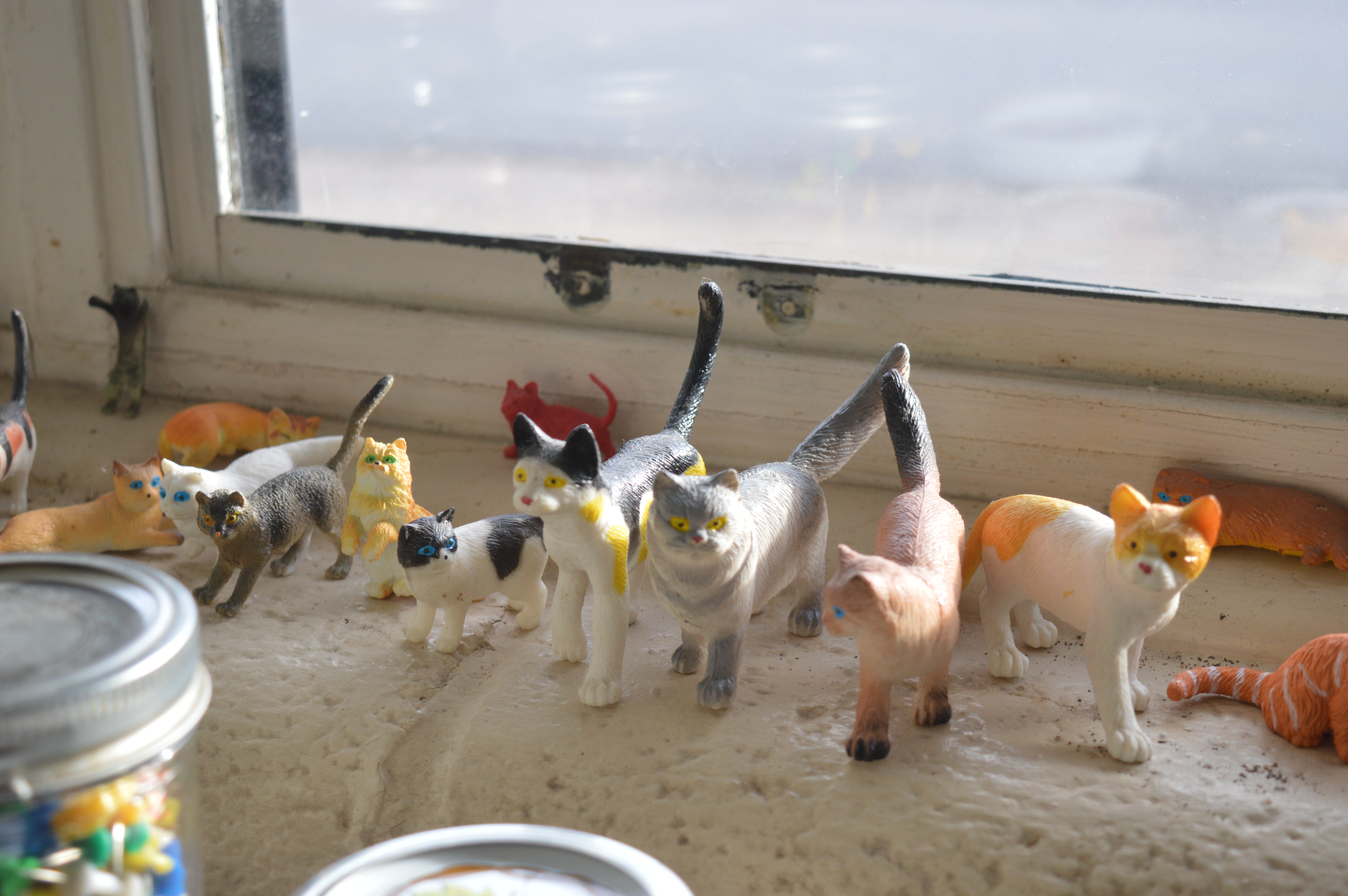In this interview, Aliyah Decker talks about the inspiration for using virtual reality as a medium for when the seasons change my feelings change (Issue 14), as well as the hardships that their team faced during development.
:::
DigA: It states in the accompanying statement for the piece that WTSCMFC is a “journey through the cycle of life” and that it presents an “allegory for the growth and subsequent decay of the corporeal human form.” This is a very intricate and multifaceted topic. What made you choose VR as the medium?
Aliyah Decker: We decided to pursue VR for WTSCMFC because it creates an immersive experience and it allows us to place the participant within a new reality, displacing their body from their usual surroundings. VR is also a very individual experience, one where you are forced to be alone and disembodied.
DigA: It’s apparent that there was experience in experimental 3D animation given some of the team’s past pieces (i.e. Liked and Dinoia 3D Ani Final), how was the transition from a static animation to an interactive experience?
AD: Our past experience with animation influenced our design elements within WTSCMFC, though there were some key differences that we had to consider. We could no longer think of the experience as one-dimensional. We no longer had control over the composition of a shot, since the viewer is the one who is navigating. We also had to think more about the gaming mechanics and the actual functionality of how a viewer would be able to move through the space. Our experience with experimental 3d animation did benefit us in terms of thinking about the overall visual experience and the ratio and the perspective of the viewer.
DigA: Most publicly available VR experiences either focus on immersion or perfecting a specific defining mechanic of virtual reality with only a handful of works pushing the limits of what virtual reality can be through experimental pieces. How do you think WTSCMFC evolves the current environment for publicly available VR experiences?
AD: Our piece is less concerned about the technology (amazing as it is), and rather more concerned with how the technology can influence a narrative and an experience. It’s less about the goggles that you’re wearing and more about the isolation and meditation it brings you. The human interaction within the piece is most important to us.
DigA: You stated in the description for the piece that it had some heavy inspiration from the Kubler-Ross Model of the Five Stages of Grief. In what ways, exactly, did it influence design choices for the experience?
AD: The Kubler-Ross Model of the Stages of Grief inspired the overall theme and movement through the environments. Each environment has a set of gemstones and human statues. In the fourth and last environment, you see all the gemstones again, reducing the places you’ve seen to only the memory of the stones. We wanted to play with the inevitability of time progressing and experiences becoming only memories. Also, throughout each of the stages, you are able to look back at the places you’ve fallen from, branching out from the tunnels you’ve walked through like a tree. By the end of the piece, there are no more places for you to fall, the only thing that can be done is to reflect and look up at the past.
DigA: When creating this piece, was there something that you imagined the audience experiencing or reflecting on, whether general, personal or otherwise?
AD: We imagined the audience’s emotions would change as they progress through the environments, though their own experience and thoughts are personal. This causes each person’s point of view on the piece to be different.
DigA: Though the piece mentions that one cannot return to the beginning, only reflect. With that in mind, the piece itself can be repeated, but the experience cannot. As an experience, was this piece made to be re-experienced?
AD: While the piece can technically be repeated, we would prefer the audience to only experience it once because the participant’s initial thoughts and emotions would be strongest.
Experience when the seasons change my feelings change.
:::

Aliyah Decker: Concept Design, 3d Asset Design, Video Documentation
New Media Artist and Kinetic Imaging student who is interested in making abstract concepts into a physical reality. Fascinated with frustration, empathy, quiet, and boxes

Caitlin Dinoia: Concept Assistant, 3d Asset Development, Video Documentation
Currently a senior in Kinetic Imaging with an interest in Virtual/Augmented Reality animation and creating immersive, 360-based works

Michael Shea: Concept Assistant, Environment Design/Modeling, Texture Artist, Lookdev, Title Design Kinetic
Imaging senior with interests in digital image manipulation, motion capture, and audio visualization.

El Tucker: Concept Assistant, Programmer
Third-year computer science major interested in designing games and making software tools for creative individuals.

Tay Williams: Concept Design, Environment Design, Sound editing
Kinetic Imaging senior interested in 3d modeling/gaming, directing, animation, and sound design.



